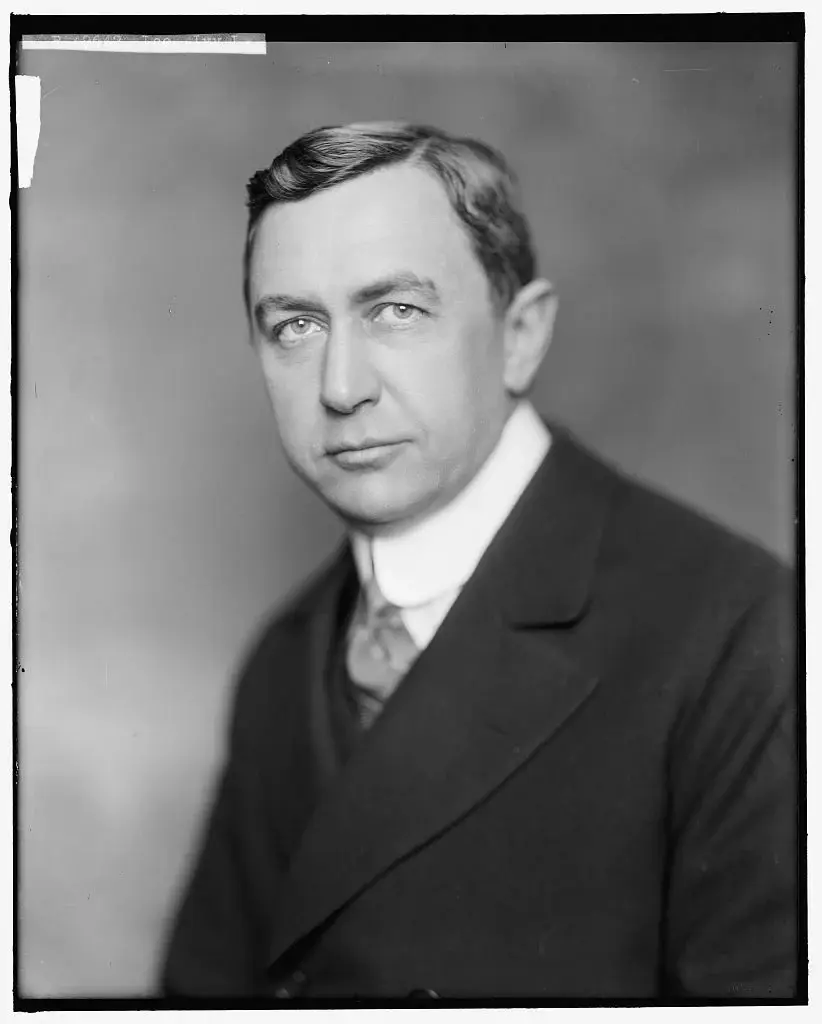How Not To Be Afraid of Writing a Press Release
- brendapayangarcia
- Jun 27
- 4 min read
Starting with practice, research, and with non-perfect/small execution.

Writing a press release can be scary, whether you’ve never written one before, never seemed to get the hang of it or maybe you’ve received bad criticism for your work without understanding how you can make it better.
Well no worries because I’m here to help you get through it!
As much as I love to work in public relations and help find the solutions to people’s problems, I don't have the most experience with writing official press releases. But like any other fear, we’re going to get through this together by educating ourselves and getting exposure on the subject.
What is a press release?
According to Oxford Languages a press release is “an official statement issued to newspapers giving information on a particular matter.” Considering that we are currently living in a technology-over-paper type of world, instead of focusing on newspapers, most press releases now come about through television or through a company’s own website and social media channels. There are various kinds of press releases, but in today's post we’ll just focus on the basic press release, because again, things take one step at a time.
Where did press releases come from?

The first press release supposedly comes from the creator of “public relations,” Ivy Lee.
In handling a crisis for the Pennsylvania Railroad he created a statement with truthful information necessary for the public to know, and copies were provided to the New York Times to republish and report.
A press release as an official means of a communication between a company/brand and the public, which all comes about through the Media (at the time newspapers and now through social media and televised news).The press release made things easier to report public statements with differing reporters, and helping create relationships between companies, the media and the people who depend on such news.
Who and what are press releases for?
Since Ivy Lee, press releases have been used to share public statements of information from a company or public image, with fellow journalists and media reporters to connect and share with their good (and bad news) to the rest of the public population.

Press releases can include information for upcoming events, statistics, or any kind of announcement, really; whether a new product will be launched, a new CEO is stepping in or a personal statement that covers a crisis. Press Releases being ready made statements with facts, quotes and figures saves everybody (the company and the journalists) time, work and even money by making sure that everybody has all the necessary facts, straight and true.
Now that we know what they’re for and why they’re important to the PR world, let's get to writing one!
How does one write a press release?
As a college student, I learned that there’s always a rule guide and format to follow:

Headline - tells your audience what your breaking story is about. It’s the whole press release summarized into one attention catching title.
Dateline/ Location/ Date - people need to know just how relevant these news are, so add the date the press release was sent out/published, and the location it was written in(relevance).
Introduction/Summary Statement- the subheadline will be the first sentence that encapsulates what the news is about (like the headline) only as a complete sentence and with further details. Everything important happens in the first part of the statement, you need to let your audience know why they should care about what the press release says.
Supporting Body Paragraph(s) - following the introductory statement, once you have the reader’s attention, all other minor details will be included in the body paragraphs, afterwards. This is where you would add key facts and supporting data. *Your closing supporting body paragraph should let the public know if and when they can get further information and how (usually through a website or customer service representative).
Quote - This would come after mentioning key facts (and before the closing), so you know what exactly are the thoughts of those involved with the company and situation. Short quotes from 2-4 sentences from multiple or even one reliable source are key. Quotes make any statement of news more sound and official.
Boilerplate/Company Information/Contact Information - The boilerplate can be the same for every press release, it’s a small summary of who you are and what you do to remind the audience what your company is about. Ending with the contact information where you can find further information about the news release, usually the contact info of a representative (either email address or phone number).

Remember, keep it short and keep it professional - this is just an official statement, not a whole story, we’re just covering the basics with a press release.
Here are a few websites with examples of differing press releases (for once you get there).
These websites offer further details, examples and formats for every type of press release you could need. So if you find yourself dealing with a more advanced press release, these websites are sure to help!
There are many types of press releases that don’t all follow the same exact format, but these steps are what goes into your most basic press releases. Start by keeping things simple before you figure out how to work the different types of press releases.




Comments